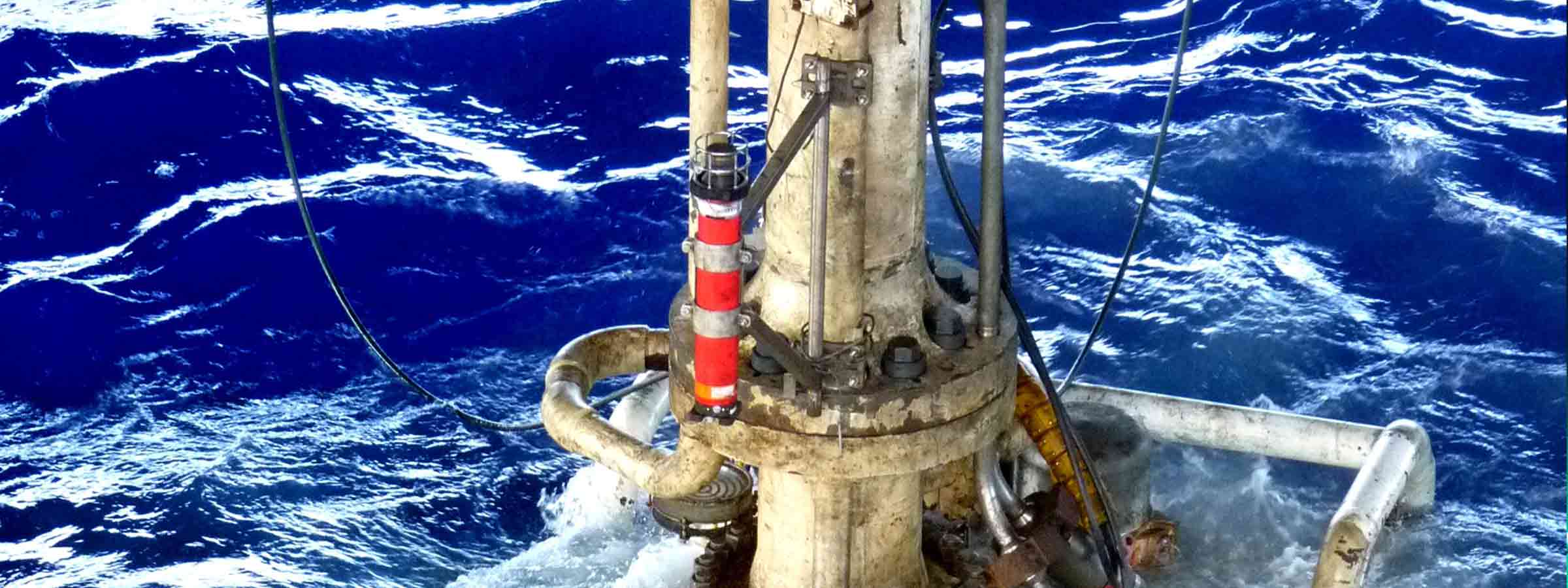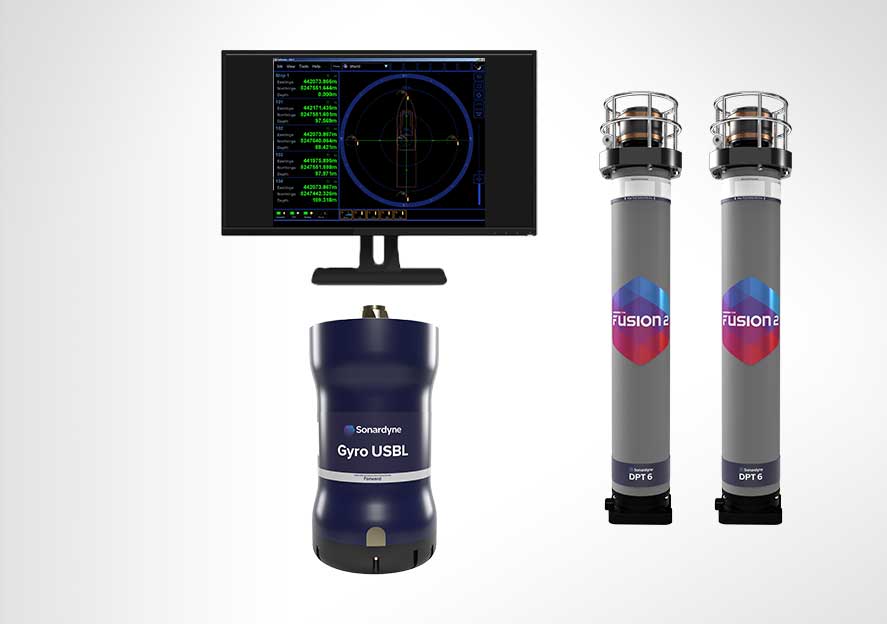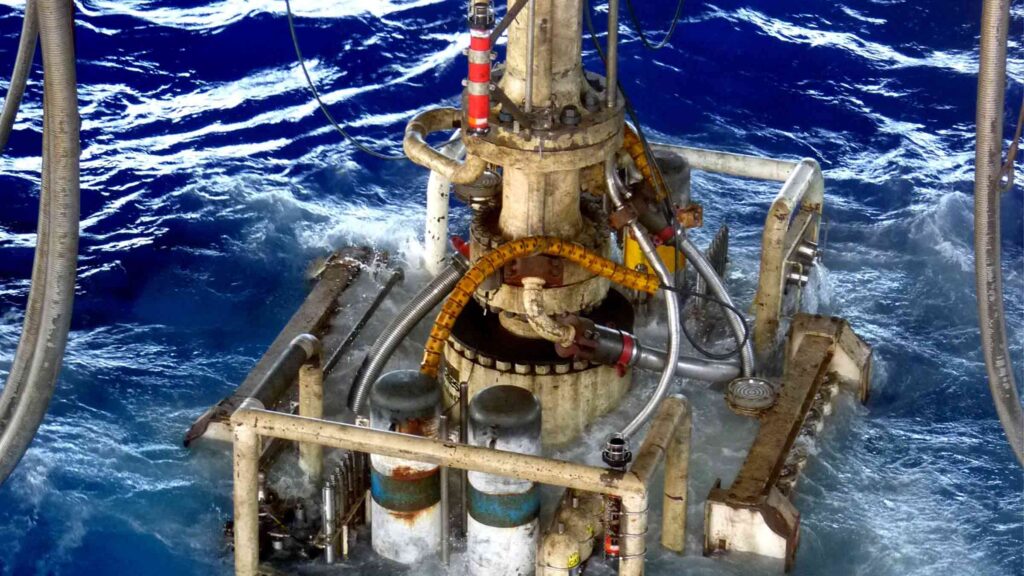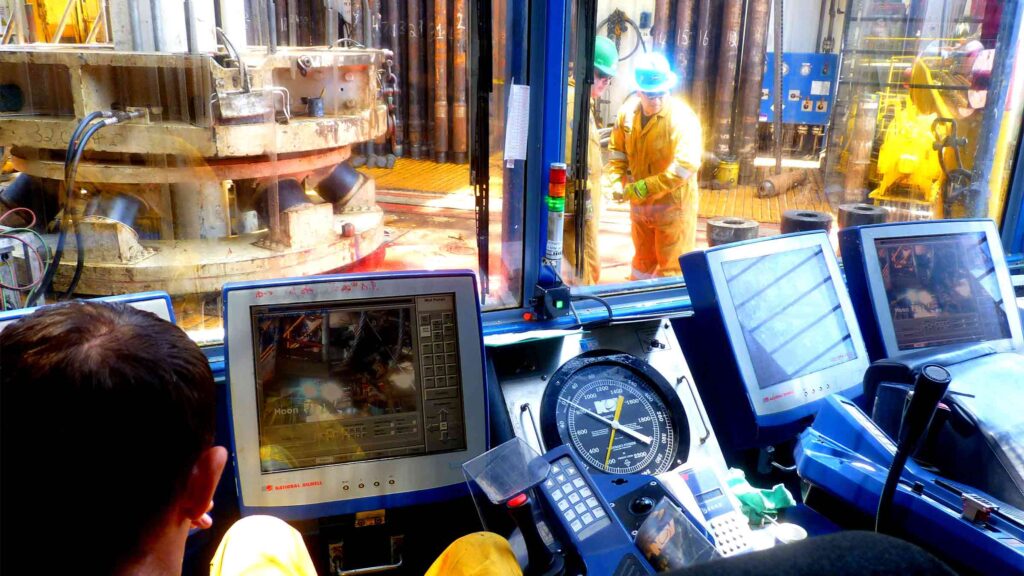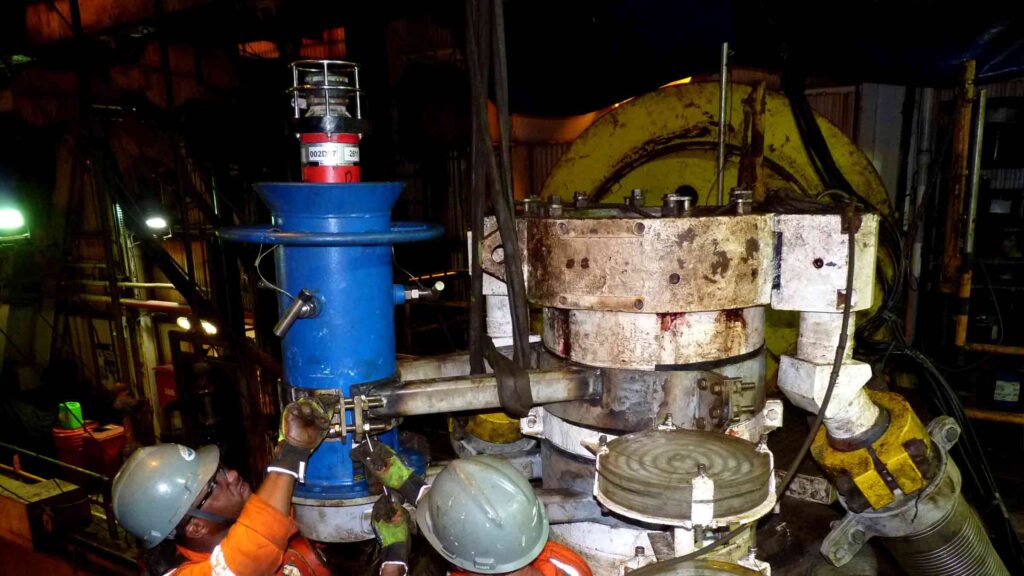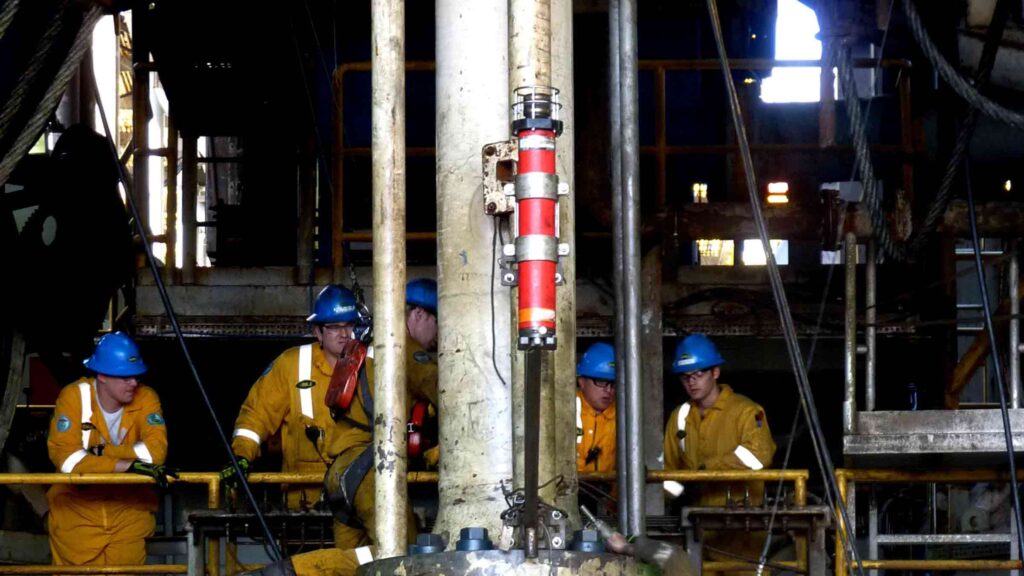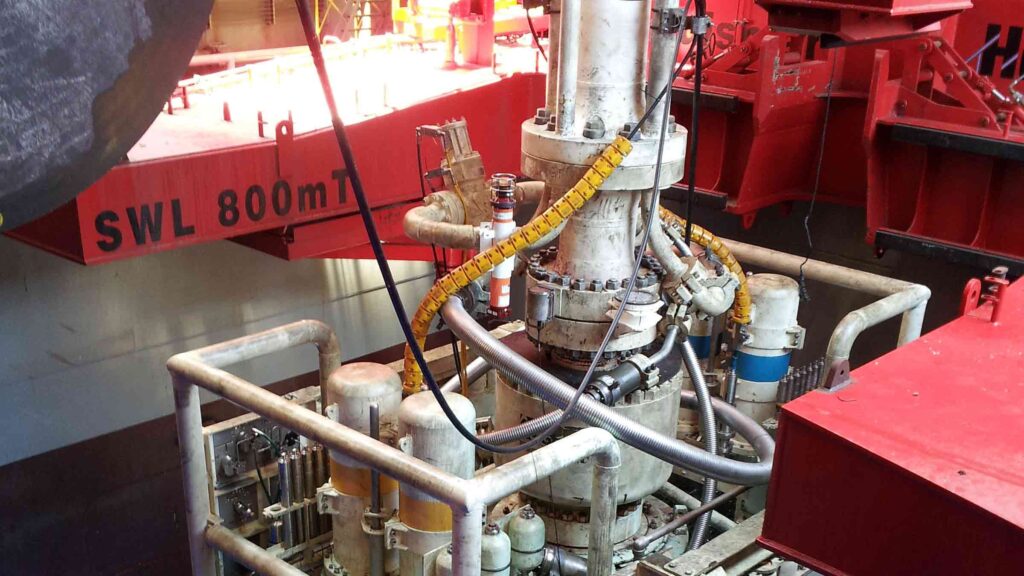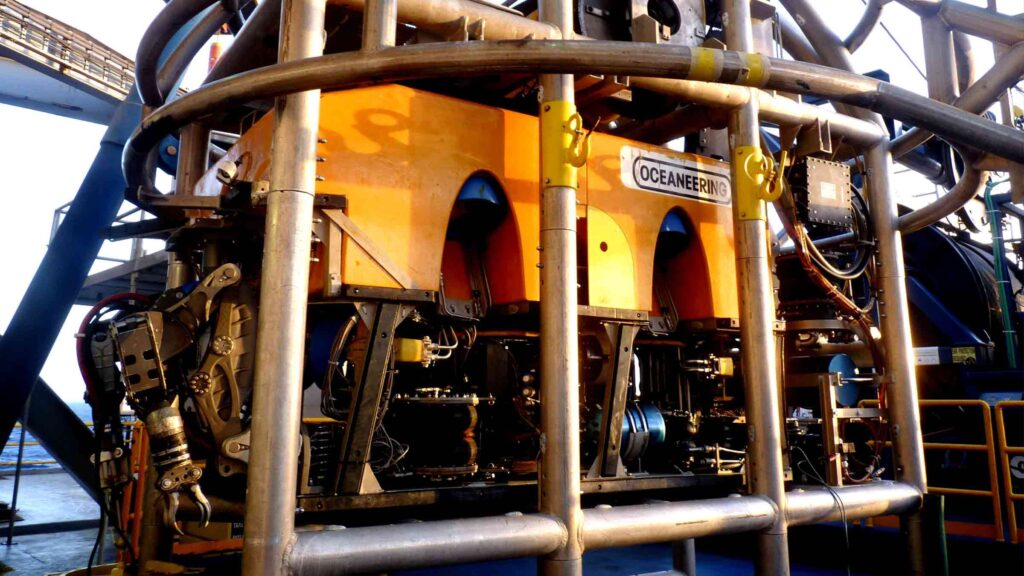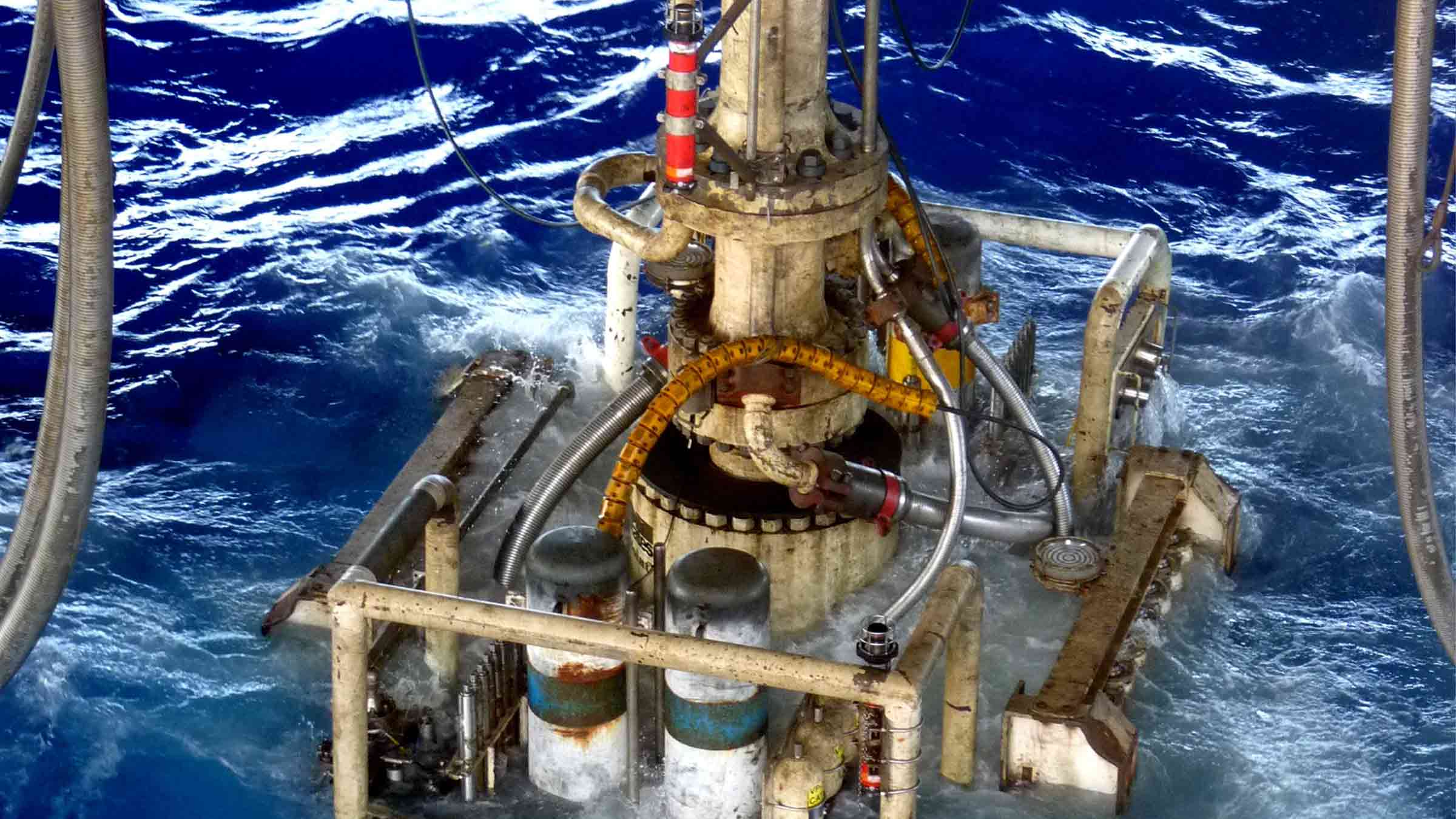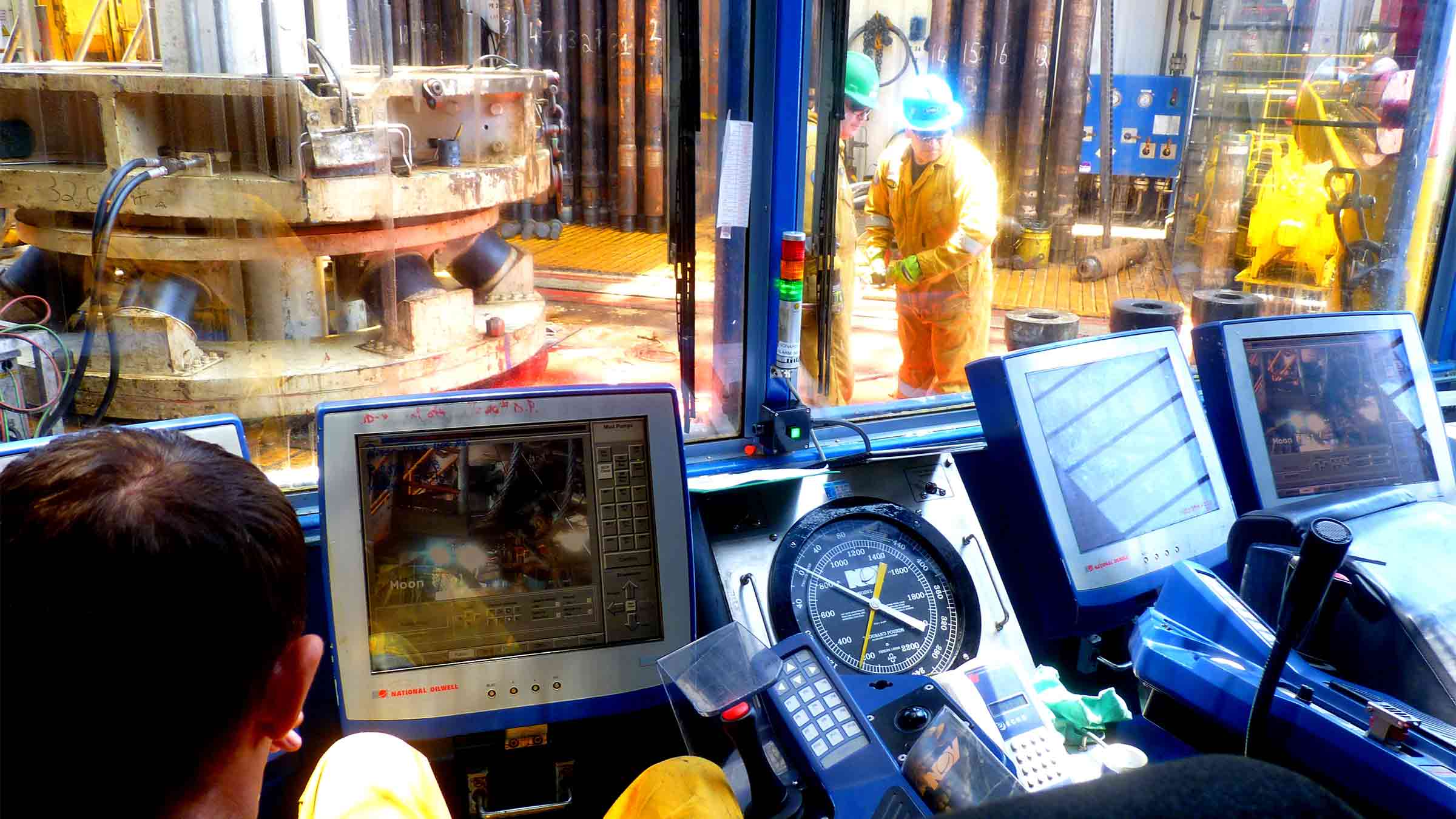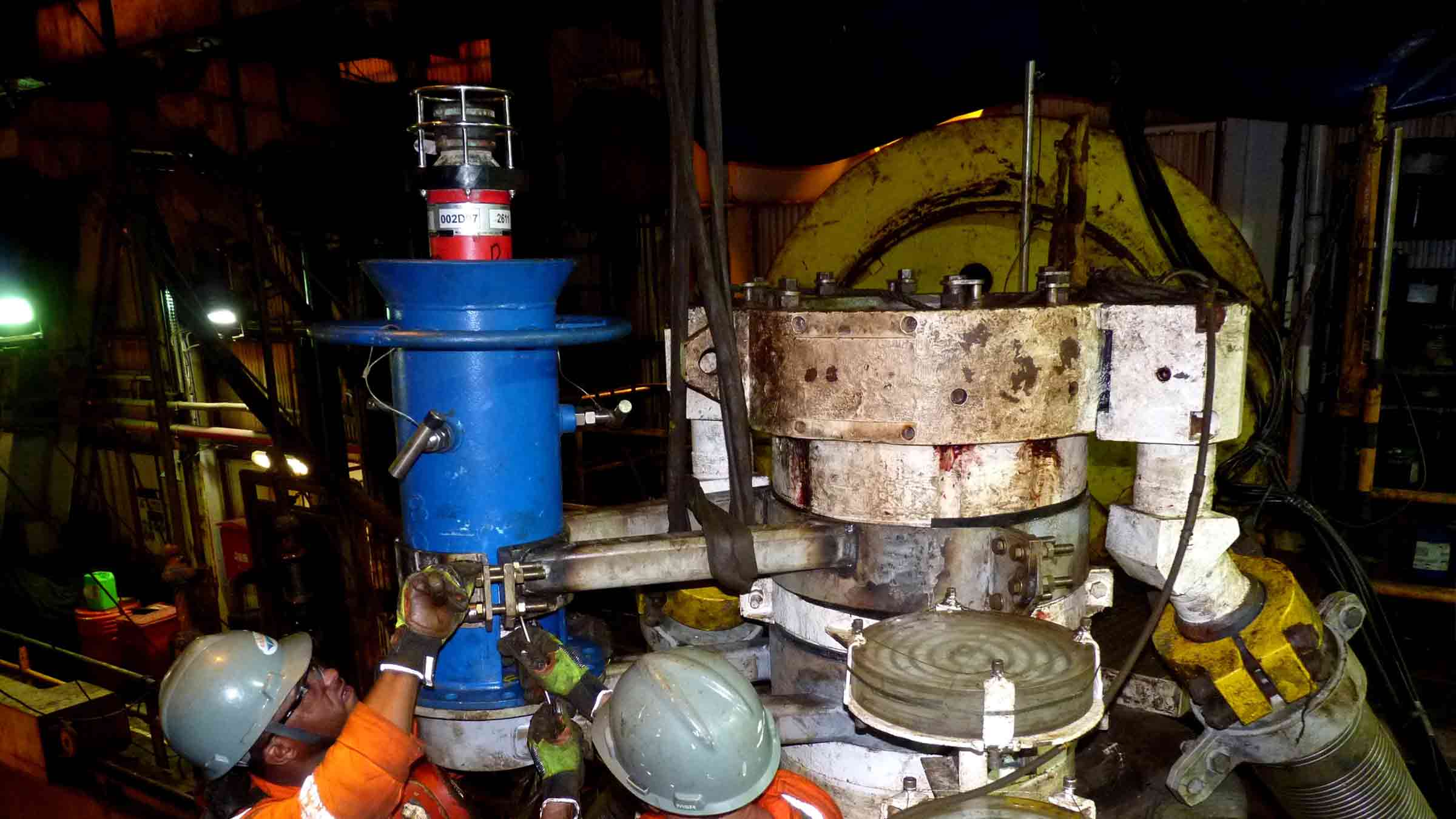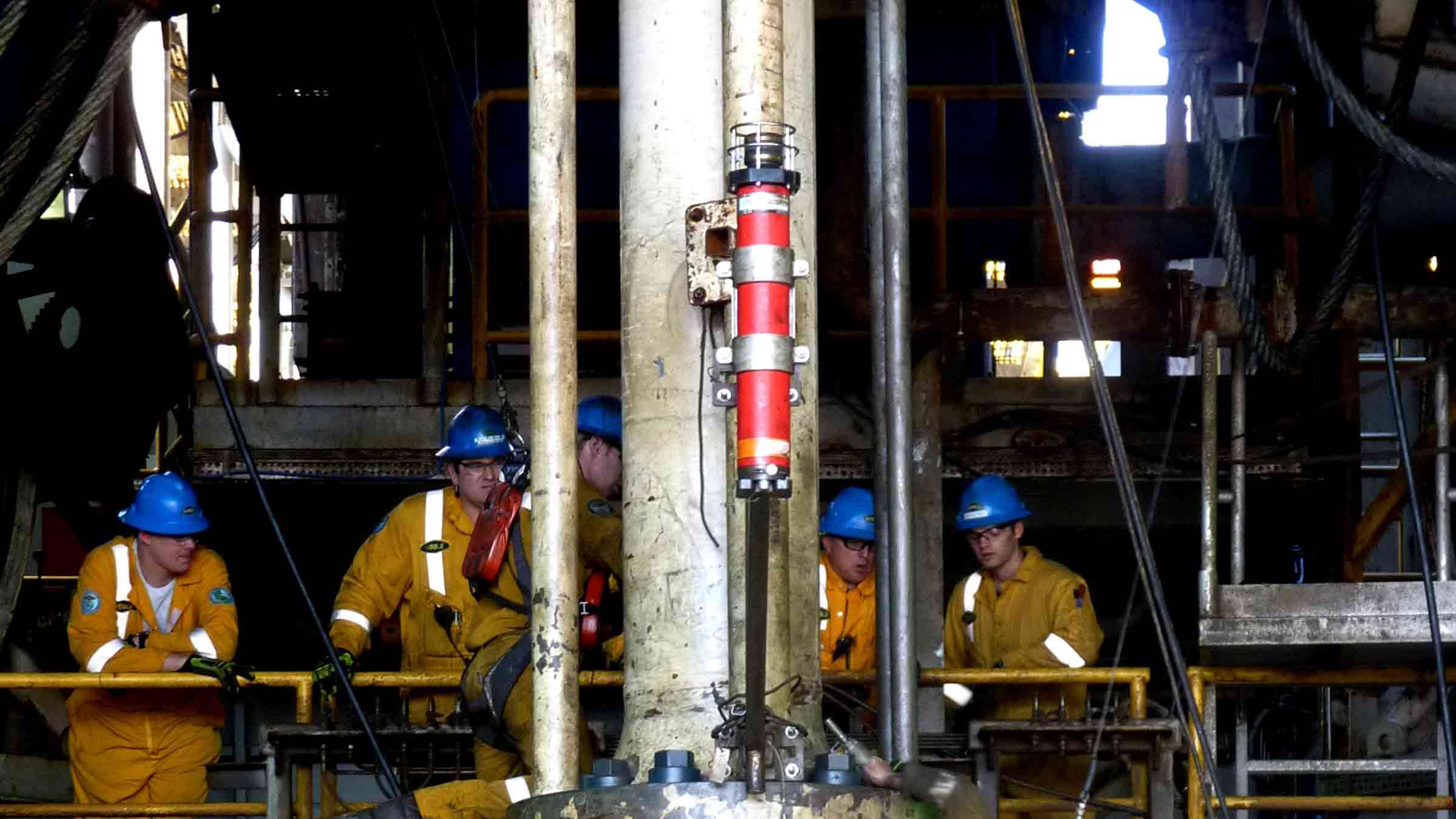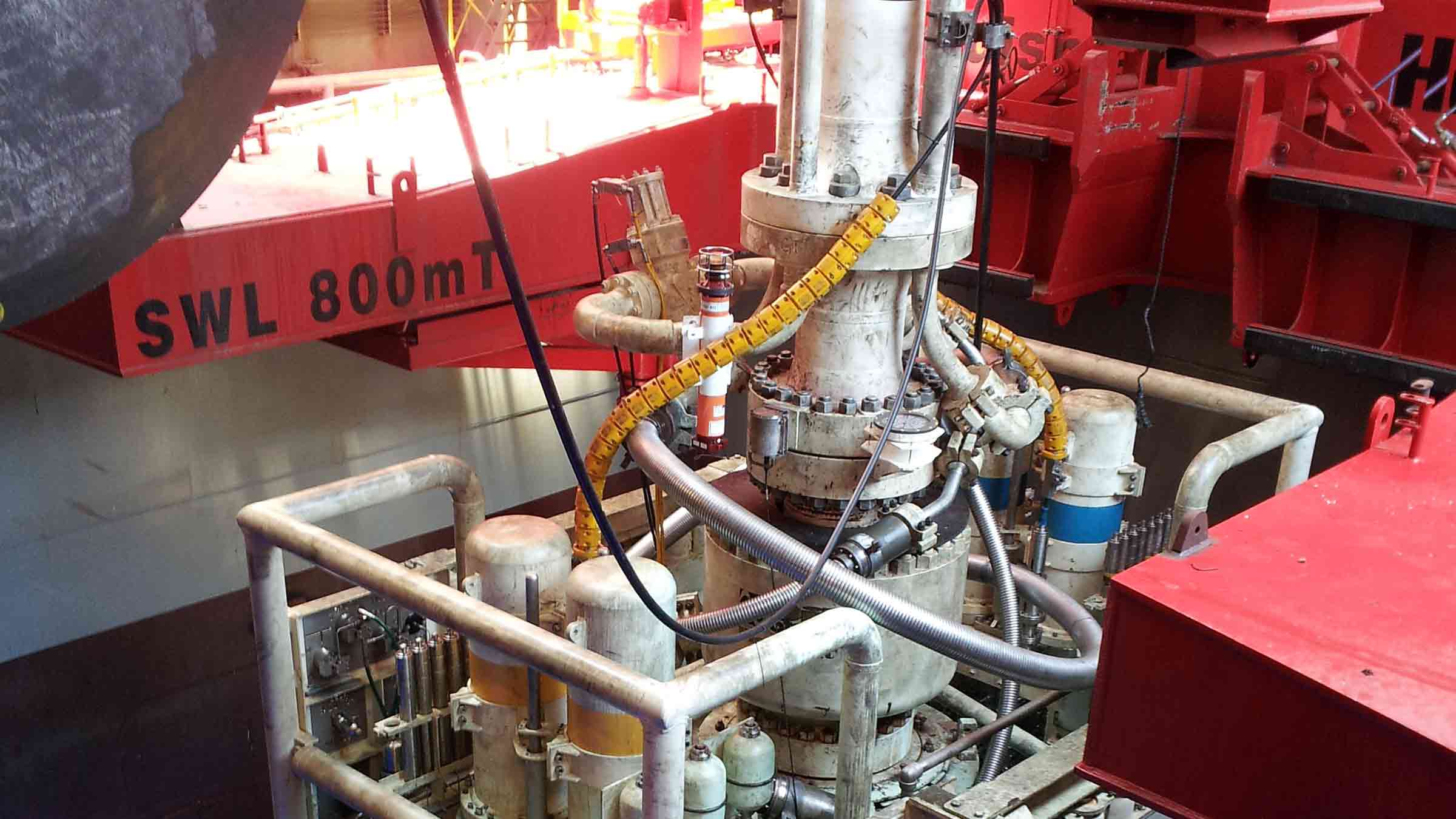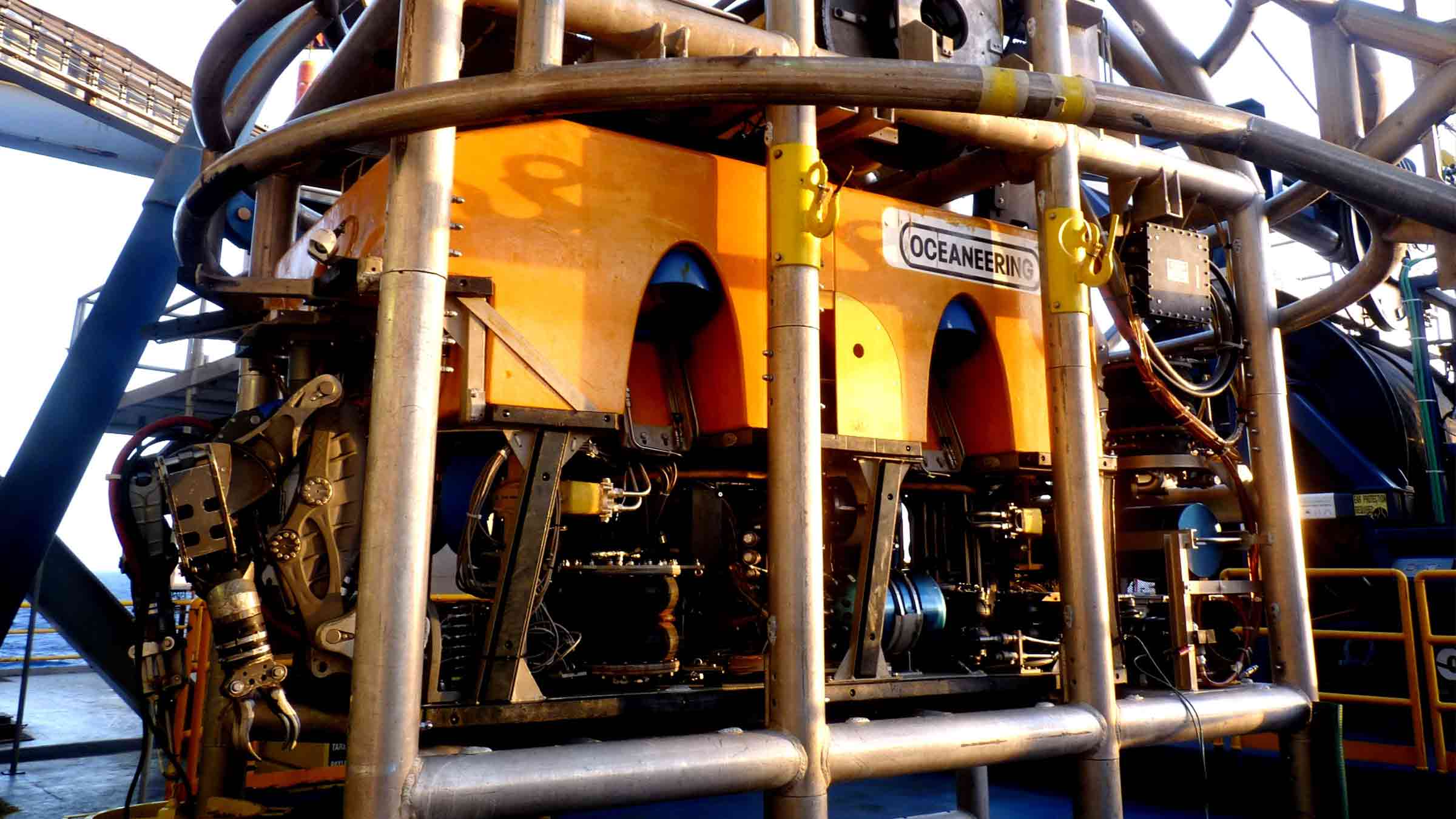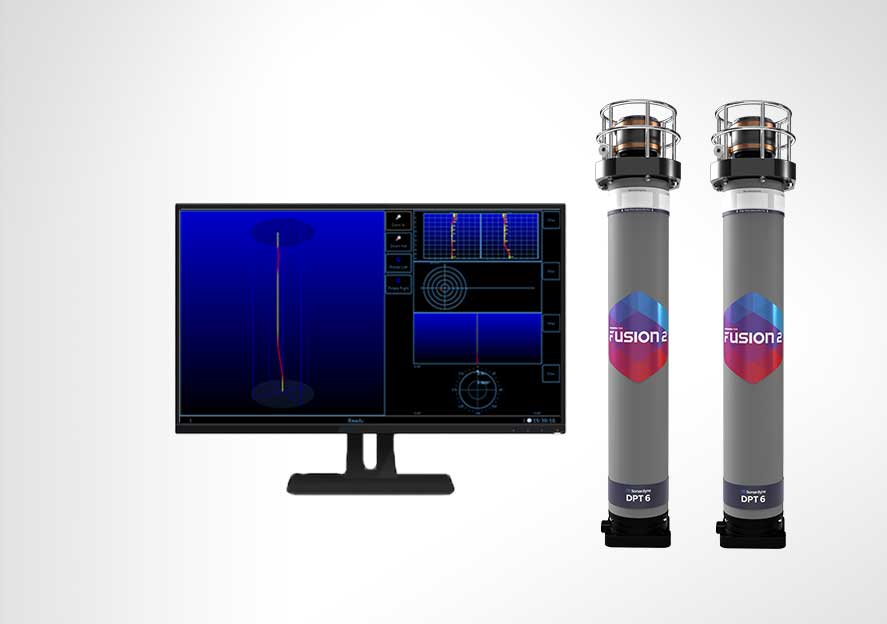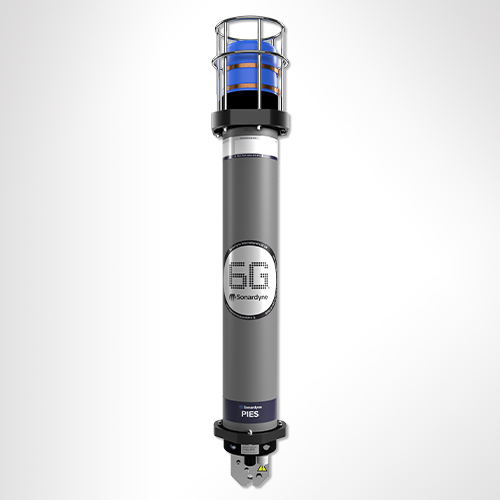For safer deepwater drilling
Designed for use from both Dynamically Positioned (DP) and moored drilling rigs, MRAMS uses our low-risk, field-proven 6G hardware and Wideband 2 acoustic technology to maintain an uninterrupted wireless data link between a rig and BOP, even in the high-noise environments typically associated with drilling operations.
Suitable for real-time monitoring for drilling operations and riser movement, MRAMS provides high update, low latency data updates ensuring you know exactly what is happening during your operations. Unlike expensive cabled solution which are vulnerable to damage, MRAMS is a wireless acoustic solution. Simple and intuitive software provides clear and unambiguous data on a riser’s angle and profile
Designed for use from both dynamically positioned (DP) and moored drilling rigs, MRAMS uses our low-risk, 6G hardware and Wideband 2 acoustic technology to maintain an uninterrupted wireless data link between a rig and BOP, even in the high-noise environments typically associated with drilling operations.
Developed from field-proven components, MRAMS is based on the integration of our USBL acoustic positioning technology and BOP-mounted transponders fitted with high resolution inclinometers. This provides clear and unambiguous data on your vessel’s position and riser angle status.
